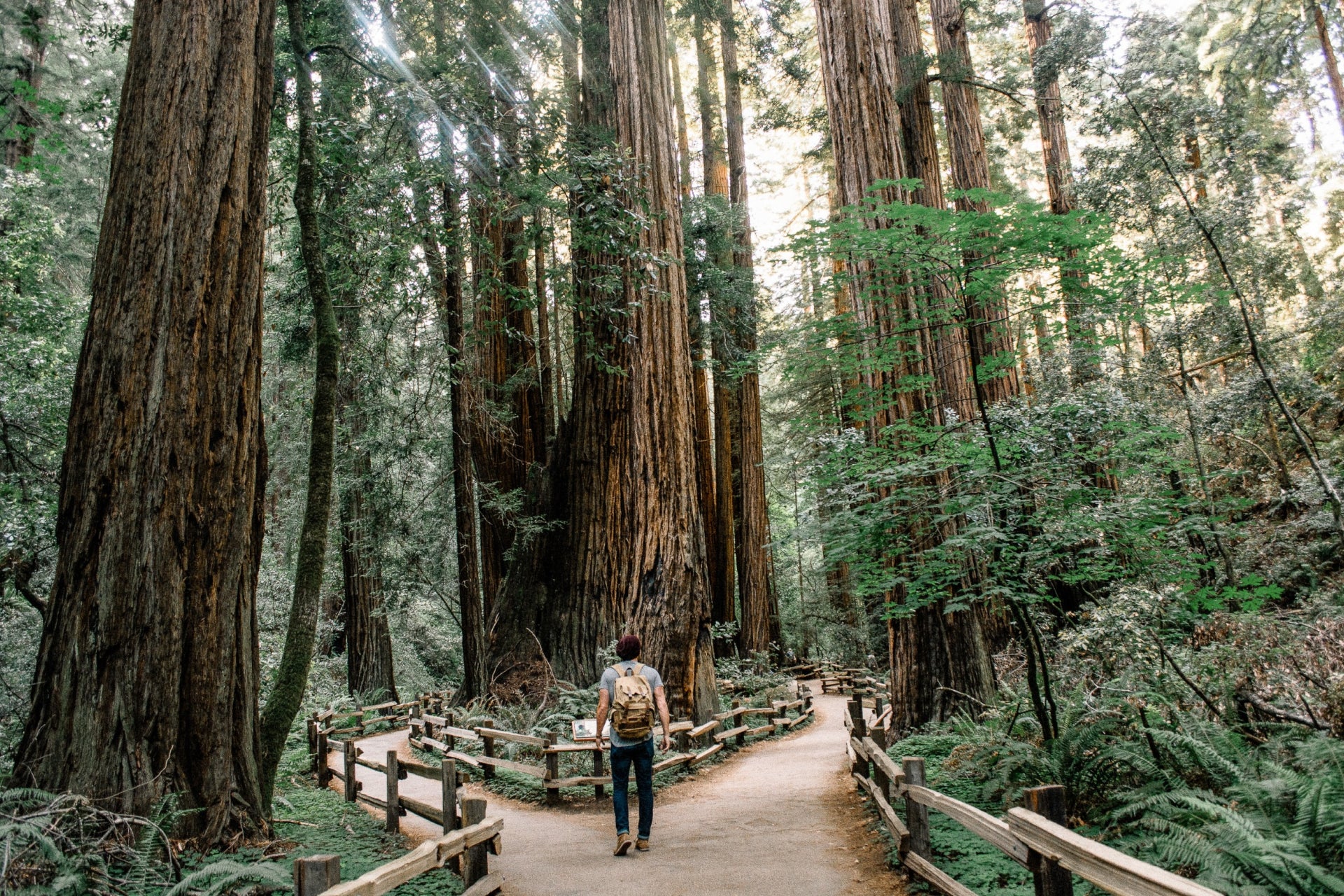
Cannabinoids and Cannabis
Cannabinoids are chemical compounds found in the cannabis plant. They are gaining significant attention due to their potential effects on lifestyle and general wellbeing.

What are cannabinoids?
Cannabinoids are chemicals found in the cannabis plant. There are at least 113 different cannabinoids, the most notable cannabinoid is the phytocannabinoid (THC), the in cannabis; and (CBD), one of the most abundant cannabinoids found in the cannabis plant that has been well studied for its effect on human health.
What is Delta-10?
Delta-10 is a cannabinoid found in trace amounts in the cannabis plant. Like regular THC Delta-9- it can get you high, but it is less potent than Delta-9. This makes it similar to Delta-8, another cannabinoid that is less potent than regular THC. Delta-10 can get you high, although it is much less potent than regular Delta-9 THC. Anecdotally, Delta-10 is commonly reported to provide energizing effects, whereas Delta-8 is reported to be more sedating.
What is Delta-9?
Cannabis and hemp plants consist of dozens of cannabinoids. Cannabinoids are chemicals that affect the body in various ways. Two well-known cannabinoids are cannabidiol (CBD) and tetrahydrocannabinol (THC). A few different forms of THC are in cannabis plants. The most abundant form of THC is delta-9. When people refer to the effects of THC, they’re usually talking about delta-9. Other forms of THC, such as delta-8 and delta-10, have similar chemical structures to delta-9, but their effects are usually different
The 2018 Farm Bill legalized hemp containing less than 0.3% delta-9 THC. That means there’s a loophole at the federal level for products containing higher amounts of delta-8 THC, as long as they come from hemp that doesn’t have more than 0.3% delta-9 THC based on dry weight. However, delta-8 THC doesn’t naturally occur in large amounts in hemp plants. That means that delta-8 is largely made by converting cannabinol (CBD) or delta-9 THC into delta-8 THC synthetically, which is illegal. Additionally, some state laws strictly prohibit the sale of products containing both delta-8 and delta-9 THC. You can find out about your state’s laws by looking at the Norml.org map of cannabis-related laws.
Effects of Delta Derivatives
Potential effects of Delta-9:
THC is the cannabinoid responsible for making people experience an intoxicating effect when they consume cannabis. The most abundant form of THC is delta-9, which has an intoxicating effect. In other words, delta-9 is what makes you feel high.
After consuming cannabis you might experience the following positive short-term effects:
altered perception of time and events
giddiness
increased focus
relaxation
However, THC can also have some side effects, including:
anxiety
dry mouth
increased appetite
memory loss
rapid weight loss
red eyes
slowed reaction times
Potential effects of Delta-8:
(Because delta-8 is so similar to delta-9 THC, it produces some of the same side effects)
red eyes
rapid heart rate
trouble with coordination
slowed reaction times
anxiety
memory loss
But delta-8 may also have additional risks because it’s synthetically produced. And, since over-the-counter CBD products currently fall under the category of supplements. Always consult your Physician before starting any products. Because delta-8 is so similar to delta-9 THC, it will most likely also cause a “high.” However, some people describe it as milder than with delta-9 THC.
Cannabis indica is an annual plant species in the family Cannabaceae, indigenous to the Hindu Kush mountains of Southern Asia. It produces large amounts of THC and THCV, with levels up to 53.7% of total cannabinoids, making it popular for use as a recreational drug, alternative medicine, and a clinical research drug. Indica strains are cultivated almost exclusively for their medicinal and psychoactive properties, and may be the most commonly used medicinal marijuana strains. The high concentrations of THC or THCV provide euphoric effects, making it popular for use both as a recreational drug, alternative medicine, and a clinical research drug. The name ‘ruderalis’ comes from ‘ruderal’, a term given to wild plant species.
Cannabis sativa, also known as hemp, is an annual herbaceous flowering plant that originated in Central Asia and is now cultivated worldwide. It is a source of industrial fiber, seed oil, food, recreation, religious and spiritual moods, and medicine. The female plants of a short branchier variety are prized as the more abundant source of the psychoactive substance tetrahydrocannabinol (THC), the active ingredient of marijuana. The number of different cannabinoids in the cannabis sativa plant is still being researched, but it primarily contains the psychoactive cannabinoid THC and the non-psychoactive cannabidiol (CBD). Cannabis sativa seed oil, derived from hemp, is packed with essential fatty acids and doubles as an antioxidant, giving it the ability to deliver a range of benefits to both skin and hair.
Cannabis sativa, also known as hemp, is an annual herbaceous flowering plant that originated in Central Asia and is now cultivated worldwide. It is a source of industrial fiber, seed oil, food, recreation, religious and spiritual moods, and medicine. The female plants of a short branchier variety are prized as the more abundant source of the psychoactive substance tetrahydrocannabinol (THC), the active ingredient of marijuana. The number of different cannabinoids in the cannabis sativa plant is still being researched, but it primarily contains the psychoactive cannabinoid THC and the non-psychoactive cannabidiol (CBD). Cannabis sativa seed oil, derived from hemp, is packed with essential fatty acids and doubles as an antioxidant, giving it the ability to deliver a range of benefits to both skin and hair.
What is Live Resin?
Live resin is a form of cannabis concentrate created to preserve the unique flavor and aroma of fresh marijuana plants. The concentrate is considered “live” because it’s sourced directly from fresh frozen cannabis. This is different than cured resin, which is produced using dried weed. To start the process, cannabis is flash or “fresh frozen” at subcritical temperatures using dry ice or a cryogenic freezing machine. The plant is then blasted with a solvent, such as butane or propane, before being pressed. This extraction technique is unique as it skips the curing and drying steps common to many traditional cannabis extracts. When curing cannabis, trichomes on the plant’s surface are exposed to heat, oxygen, and light for an extended period, which may diminish its terpene content. Terpenes contribute to the unique flavor, aroma, and therapeutic profile of cannabis plants and are found on trichomes along with other volatile cannabis compounds. Studies have found cannabis can lose as much as 55% of its terpene content during the drying and curing process. Drying marijuana also requires multiple rounds of handling that can also damage trichomes. By omitting these steps and freezing the plant straight after harvest, its flavor and potency are preserved. You can then extract the final product. Live resin is malleable, tacky, and ranges in hue from dark to very light yellow. Live resin can be packaged in jars or added to cannabis cartridges for vape pens.


Most cannabis consumers use live resin by dabbing it. If you plan on dabbing, you need a dab tool to handle the concentrate, as it can be super sticky. Dabbing also requires a dab rig, torch, and nail.
Dabs should be inhaled slowly to appreciate the diversity of flavors and aromas. Dabbing at a lower temperature (400-500 F) helps preserve the terpene profile, whereas dabbing at a higher temperature delivers more intense effects.
You can also vape live resin using a dab pen (also known as a wax pen or vaporizer). Note that dab pens are not the same as vape pens; they are specially designed to heat cannabis concentrates.
To use it, live resin is placed in the oven of the dab pen using a special tool. Sometimes you can purchase live resin in a disposable cartridge that’s screwed onto a vaping device. It’s also possible to sprinkle live resin into a joint or a bowl for an extra potent kick.
Regardless of how you choose to use live resin, be sure to store it in a cool place to preserve its consistency and quality. Live resin left in hot temperatures will become runny.
How to use Live Resin:
What are Tinctures?
Tinctures are cannabis-infused extracts made with alcohol, glycerin, or any plant-based oil. They can be ingested in their liquid form or mixed into food or beverages for a longer-lasting buzz. Tinctures are a form of herbal tincture and are made by soaking an herb, in this case, cannabis, in food-grade alcohol. They have a long shelf life, making them a convenient option for cannabis consumption, particularly for people who want to enjoy marijuana but aren't interested in smoking. CBD oils sold in wellness stores and online bear a strong resemblance to tinctures, but the two differ significantly in some areas.



